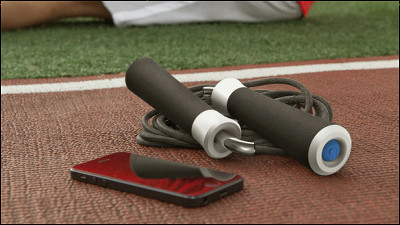``Virtual tour of Museum of Failure'' where you can enjoy a ``Failure Museum'' that collects failed products and services from around the world on your browser

The
Virtual tour of Museum of Failure
https://collection.museumoffailure.com/
The page of Virtual tour of Museum of Failure looks like this. The collections are listed, and the menus at the top of the site include ' Tech (technology products),' ' Foods ,' ' Health (health appliances),' ' Historic (historic failure products),' and ' Silly (stupid products).' )” and “ Other ” categories. First, click on 'Tech'.
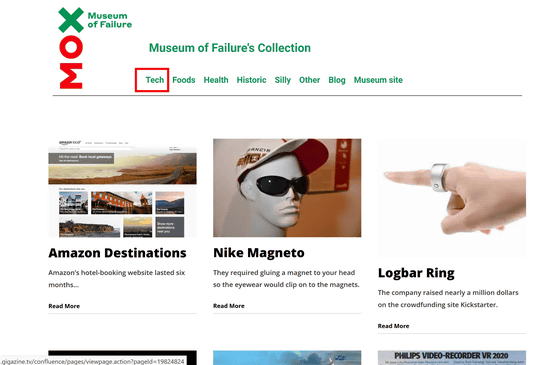
Narrowed down to technology products. Click '
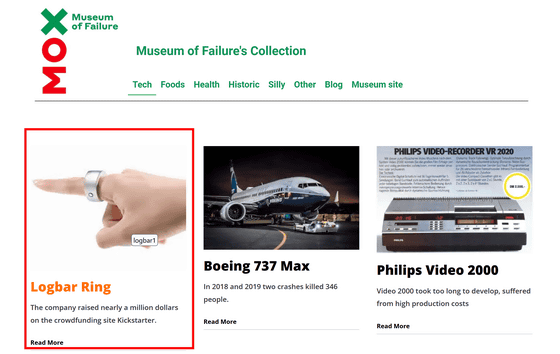
You can read the explanation about Logbar Ring. According to the site, Logbar Ring is a wearable device that has raised $1 million (approximately 148 million yen) on the crowdfunding site Kickstarter. When you put the ring on your finger, you can move any device with hand gestures, or fly in the air. It is said to be a product that allows you to enter text messages by moving your fingers. However, the actual Logbar Ring was too large and unwieldy, and it had many problems, such as requiring 20 gesture attempts to move the device. The Museum of Failure says, 'Logbar Ring has been called one of the worst products of all time.'
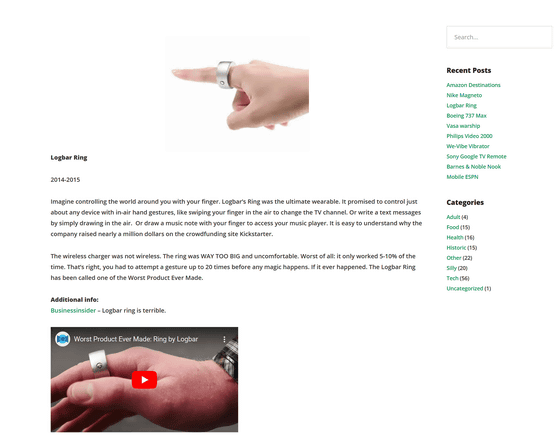
'
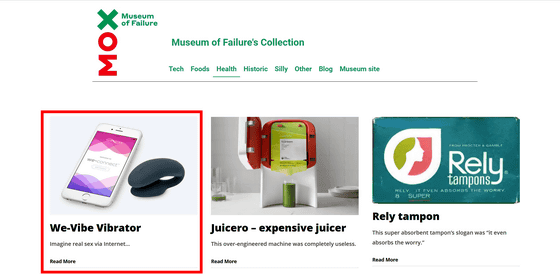
You can also view collections categorized by reasons for product failure from the Failure Museum home page . The categories are ' Digital disasters ', 'Medical Mishaps ', ' What were they thinking?! ', ' Bad Taste ', and ' So close, and yet ... (It's a shame...),' ' The future is (not) now, ' ' Failure in Motion ,' and ' Failure to Innovate. ' 8 types. Click 'What were they thinking?!'
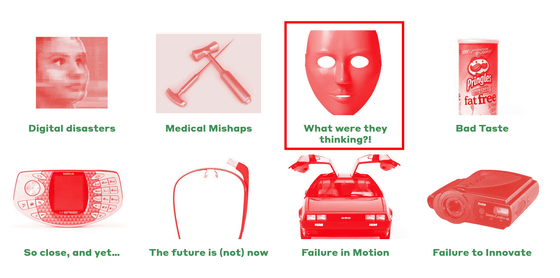
In the 'What were they thinking?!' collection, there is a line at the top of the page that says, 'Some ideas are best left on the drawing board. The lessons learned from these products can be used to create new products.' 'That doesn't mean you should do it,' explains the category, and 'I've never failed, I just found 10,000 ways that don't work.' Contains phrases that are quotes from Edison.
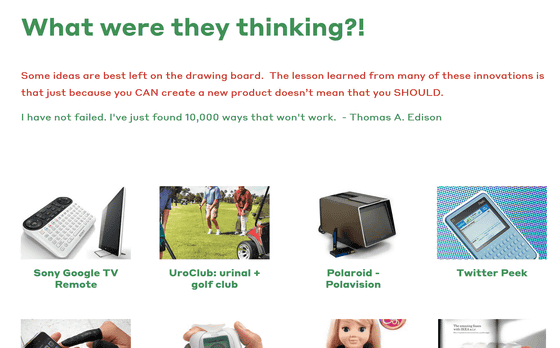
The Virtual tour of Museum of Failure is exhibiting 102 collections at the time of article creation. The significance of the Failure Museum is that ``Innovation requires failure. All progress, including technological progress, is based on learning from past failures and mistakes. 'We aim to stimulate discussion and demonstrate the value of taking risks,' the site says.
Related Posts:
in Web Service, Posted by log1e_dh

